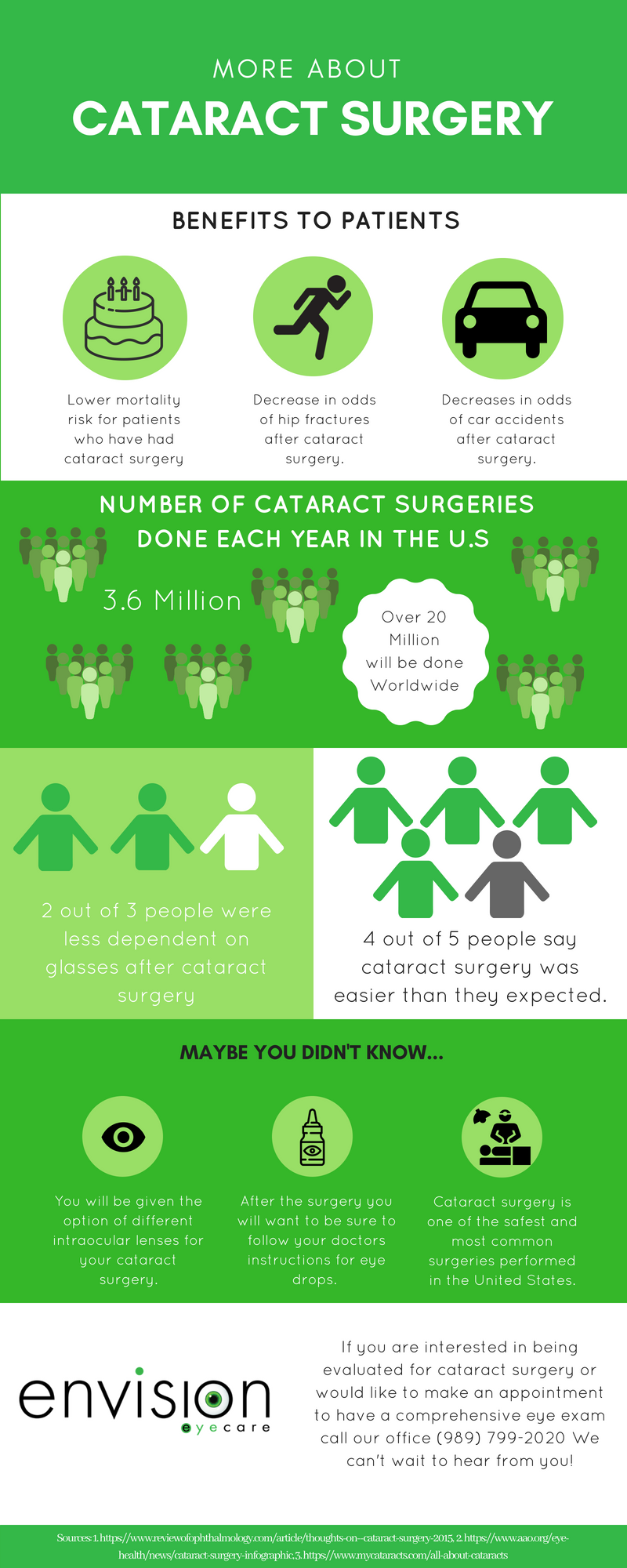What Are The Differences And Similarities Between SMILE Eye Surgical Procedure And LASIK And PRK?
What Are The Differences And Similarities Between SMILE Eye Surgical Procedure And LASIK And PRK?
Blog Article
Authored By-Munksgaard Kerr
If you've been thinking about SMILE eye surgical procedure, you may wonder how it stacks up against LASIK and PRK. Each procedure has its very own set of advantages and considerations. From quicker recovery times to potential threats, there are vital differences you ought to be aware of before choosing. Understanding these differences will certainly help you make an educated choice that aligns with your specific needs and expectations. Interested to understand more concerning just how these treatments contrast carefully? Continue checking out to obtain please click the next webpage of SMILE, LASIK, and PRK.
SMILE Eye Surgery Summary
If you're thinking about SMILE eye surgery, you'll discover it to be a minimally invasive procedure with a quick recovery time. During SMILE (Small Incision Lenticule Extraction), a laser is used to produce a small, exact laceration in the cornea to remove a tiny item of cells, reshaping it to fix your vision. This varies from LASIK, where a flap is produced, and PRK, where the external layer of the cornea is totally eliminated.
One of the key benefits of SMILE is its minimally intrusive nature, leading to a faster healing process and less discomfort post-surgery. The recovery time for SMILE is fairly quick, with numerous people experiencing boosted vision within a day or more. This makes it a prominent option for those seeking a practical and effective vision correction procedure. In addition, SMILE has actually been revealed to have a reduced threat of completely dry eye disorder compared to LASIK, making it a positive alternative for individuals concerned regarding this possible side effect.
Distinctions In Between SMILE, LASIK, and PRK
When contrasting SMILE, LASIK, and PRK eye surgical procedures, it is essential to understand the distinct strategies used in each treatment for vision correction.
SMILE (Tiny Cut Lenticule Removal) is a minimally intrusive treatment that involves producing a little incision to draw out a lenticule from the cornea, reshaping it to correct vision.
LASIK (Laser-Assisted Sitting Keratomileusis) involves developing a thin flap on the cornea, making use of a laser to improve the underlying tissue, and after that repositioning the flap.
PRK (Photorefractive Keratectomy) gets rid of the external layer of the cornea before reshaping the cells with a laser.
The main distinction lies in the means the cornea is accessed and dealt with. SMILE is flapless, making it a great choice for people with slim corneas or those associated with contact sporting activities. LASIK supplies quick aesthetic recuperation because of the flap creation, yet it may present a greater risk of flap-related problems. PRK, although having https://fernandopjufu.spintheblog.com/31561230/features-that-make-the-best-lasik-specialists-stand-apart-in-the-industry healing duration, stays clear of flap-related issues completely.
Comprehending these variations is important in picking the most suitable treatment for your vision improvement requirements.
Pros and Cons Contrast
To review the advantages and disadvantages of SMILE, LASIK, and PRK eye surgeries, it's essential to think about the details benefits and prospective restrictions of each procedure. SMILE surgical treatment uses the advantage of a minimally invasive procedure, with a smaller incision and potentially quicker recuperation time contrasted to LASIK and PRK. It also lowers the danger of dry eye post-surgery, an usual side effect of LASIK. Nonetheless, SMILE might have constraints in treating greater degrees of myopia or astigmatism compared to LASIK.
LASIK surgery provides rapid visual healing and marginal discomfort throughout the procedure. It's highly effective in treating a wide range of refractive errors, including myopia, hyperopia, and astigmatism. Yet, LASIK brings a danger of flap problems, which can affect the corneal structure.
PRK eye surgical treatment, while not as popular as LASIK, prevents producing a corneal flap, reducing the threat of flap-related issues. It's suitable for patients with thin corneas or irregular corneal surfaces. However, PRK has a longer recovery time and may entail extra pain throughout the healing procedure.
Final thought
So, when it comes to choosing in between SMILE, LASIK, and PRK, think about it like selecting the excellent set of footwear. SMILE resembles a streamlined, comfy set of tennis shoes - quick and simple.
LASIK is more like trendy high heels - fancy and fast, yet with some prospective threats.
PRK resembles strong hiking boots - trusted and sturdy, yet calling for a little bit even more effort and time.
Eventually, the best option depends on your individual requirements and choices.
